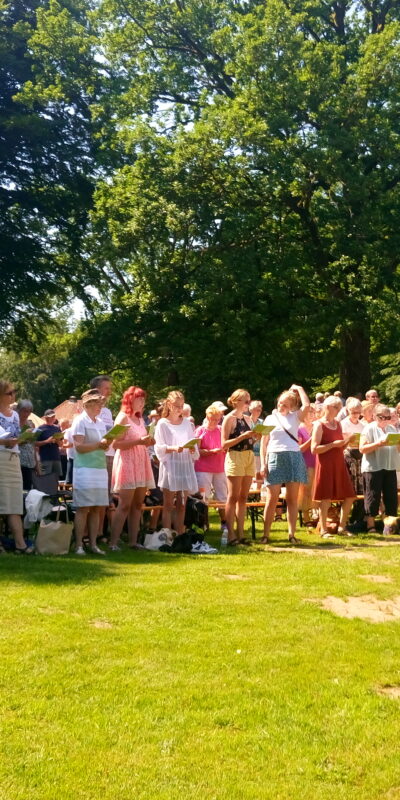

Democracy and the public meetings on Himmelbjerget
The first public meeting in the landscape
The first public meeting in the landscape
We are primarily grateful to the priest, author and poet Steen Steensen Blicher (1782-1848) for establishing Himmelbjerget as a famous and loved excursion destination.
In 1833, he published the short story ‘Himmelbjerget’, in which he poetically described the landscape as ‘the Danish Schwarzwald’.
In 1839, Blicher invited everyone to a large open-air meeting on Himmelbjerget, as he believed a popular national revival was needed in Denmark. At that time, Denmark was a poor agricultural country, following wars against England, a state bankruptcy, and the loss of Norway (to Sweden) in 1814. The 1830-ies had seen an increasing discontent with the autonomous royal governance and many felt that the people should be involved and obtain political influence.
Blicher had his own ideas as to how that could happen. His first step was to arrange large open-air meetings on Himmelbjerget where ordinary people, peasants, citizens public officials and other could meet to celebrate, speak to each other, listen to speeches, and sing together. All this should create a sense of unity and ’encourage the love of our native country’.
During the first Himmelbjerg open-air meeting in 1839, 5-600 people attended.
The King rescues Blicher’s Himmelbjerg meetings
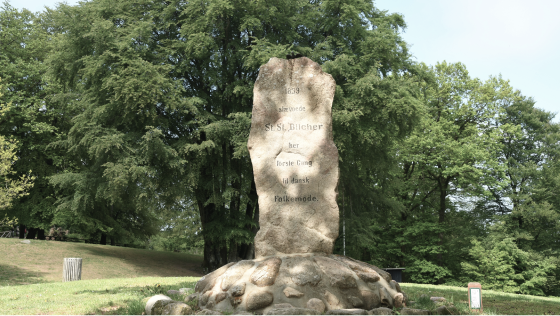

The King rescues Blicher’s Himmelbjerg meetings
The following year, the Himmelbjerg meeting of 1840 was almost cancelled, as Blicher had ignored to obtain permission by the owner of Himmelbjerget to invite to the open-air meeting here. And the farmer, Peter Nielsen, was not exactly thrilled by the thought of a huge group of people crossing his fields, so he denied Blicher and his like-minded access.
This obviously created a problem, but it was unexpectedly quickly solved, as the Danish King Christian the 8th was visiting the area. He simply let Peter Nielsen know that he wished to acquire Himmelbjerget, which then became the King’s property with a special provision that free access for everyone should always be granted on Himmelbjerget.
The importance of the Himmelbjerg meetings
The importance of the Himmelbjerg meetings
The Himmelbjerg meetings in the years 1839-1844 were the first large open-air meetings with political democratic undertones in Denmark, and over the years up to 6-7000 people attended the meetings.
Five years later, in 1849, Denmark established its first free constitution, which among other things gave the Danes freedom of public meetings, freedom of speech and freedom of religion. Well, we will not make overinterpretations, as it was not on Himmelbjerget that the Danish democracy was created or adopted. But it was here, in the presence of thousands, the political governance of the country also became an important concern to the general population. Consequently, the Himmelbjerg meetings were an essential element, which ultimately led to the introduction of democracy in Denmark.
The first Constitution Day meetings
The first Constitution Day meetings
In 1854, the founder of nearby Silkeborg Papermill, Michael Drewsen, initiated the first Constitution Day meeting on Himmelbjerget. He wanted to celebrate the five-year anniversary of the Constitution and subsequently show Jutland’s support of the new free Constitution. This was a reaction against the government’s suggestion of restricting the political rights given to the people in the Constitution of 1849. Thousands attended Drewsen’s Constitution Day meeting.
In 1862, Friends of the Constitution attended an open-air meeting which started the golden years 1862-1885 where thousands attended, listening to the speakers and singing together in unison.
Inner Mission’s meetings on Himmelbjerget
Inner Mission’s meetings on Himmelbjerget
It was not only politically that the population was split into groups and political parties. That also applied to the Church which also had an impact on Himmelbjerget. Grundtvigian High School supporters and priests dominated the Constitution Day meetings, but from 1869 and the following years, the Inner Mission arranged their own meetings with thousands of attendees. Wilhelm Beck, the Chairman of the Inner Mission for many years was often the main speaker and this led to a 1929 memorial stone being raised on Himmelbjerget in his honour.
Shooting parties og gymnastics conventions
Shooting parties og gymnastics conventions
During the 1880-ies, Himmelbjerget laid ground to a new type of meetings which combined county shooting parties and huge gymnastics conventions. The first shooting party was held on the 100th anniversary of the birth of Blicher on 11 October 1882, during which a memorial stone was revealed in honor of Blicher and his open-air meetings. Through the 1880-ies and into the 1890-ies, the shooting parties and gymnastics conventions attracted large groups of people, not only to the main events, but also for singing together and listening to speeches of well-known High School people and political leaders.
The largest meeting on Himmelbjerget
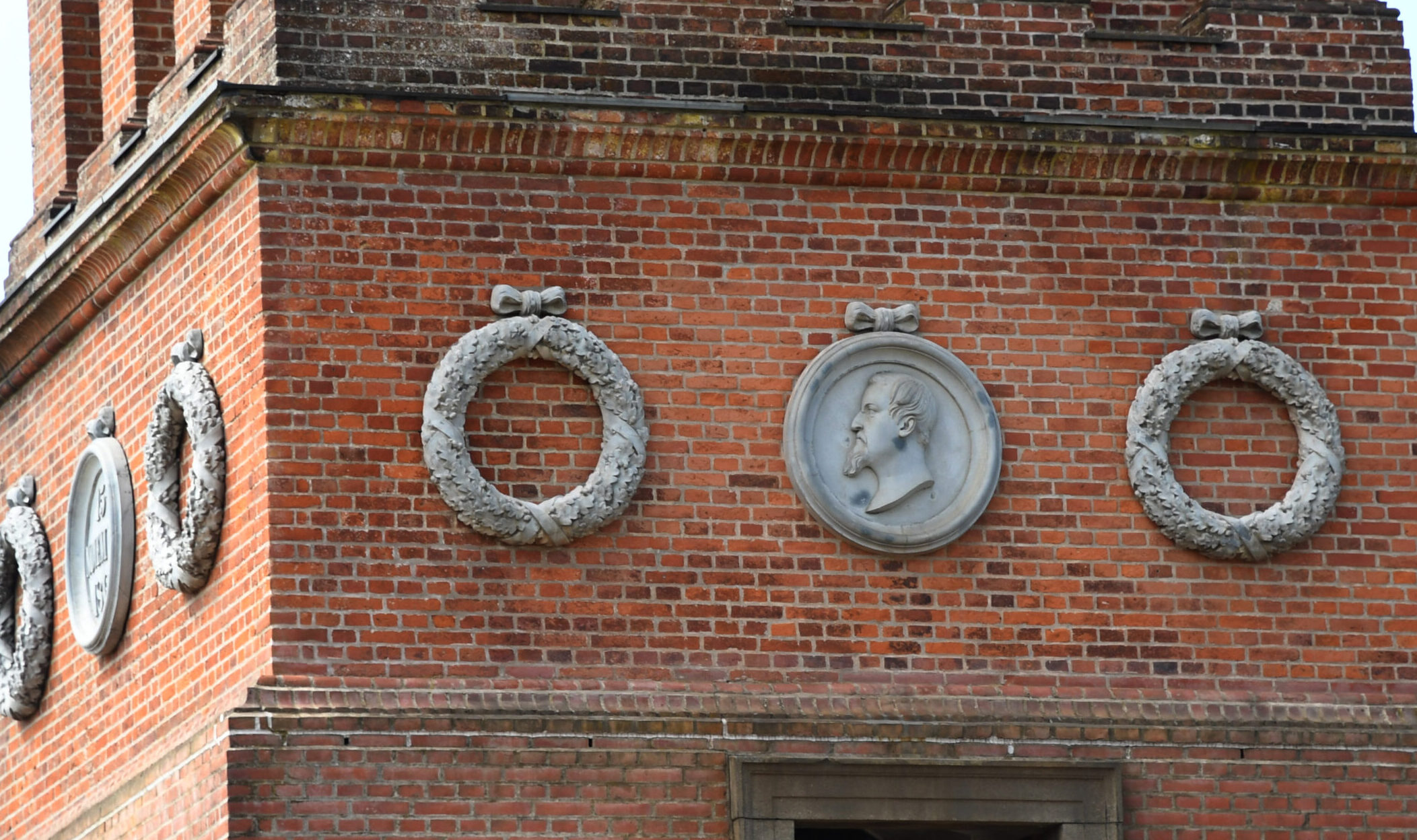

The largest meeting on Himmelbjerget
The largest open-air meeting ever to take place on Himmelbjerget was the peace meeting which took place on 19 June 1892, during which the Norwegian poet Bjørnstjerne Bjørnson spoke.
Reportedly, between 20.000 and 30.000 people attended, but as only 20.000 access tokens were printed, there were by no means enough. People arrived with special train to Laven station and were subsequently sailed across Hjulsø to Himmelbjerget non-stop throughout the day.
The crowd was invited by the local branch of the Danish Peace Society in support of the Peace Cause, which was then intricately linked to the political party Venstre. The Peace Cause then particularly focused on nations avoiding wars through principles such as neutrality, international arbitration, and freedom of trade.
The celebration of the democratic Constitution 5 June 1915
The celebration of the democratic Constitution 5 June 1915
On 6 June 1915, huge masses of people met on Himmelbjerget. The day before, on 5 June 1915, the new Constitution was passed by the Government, allowing women and servants to vote. Up to 10.000 people showed up to celebrate the day with speeches, songs, and the revealing of the newly planted Woman’s Oak, in memory of the day.
A more designated memorial stone for the women’s right to vote was revealed six years later, where the Woman’s Stone, or The Queen’s Stone, in memory of the queens Margrethe 1., Dagmar and Thyra was revealed.
The political lecterns of the 1900
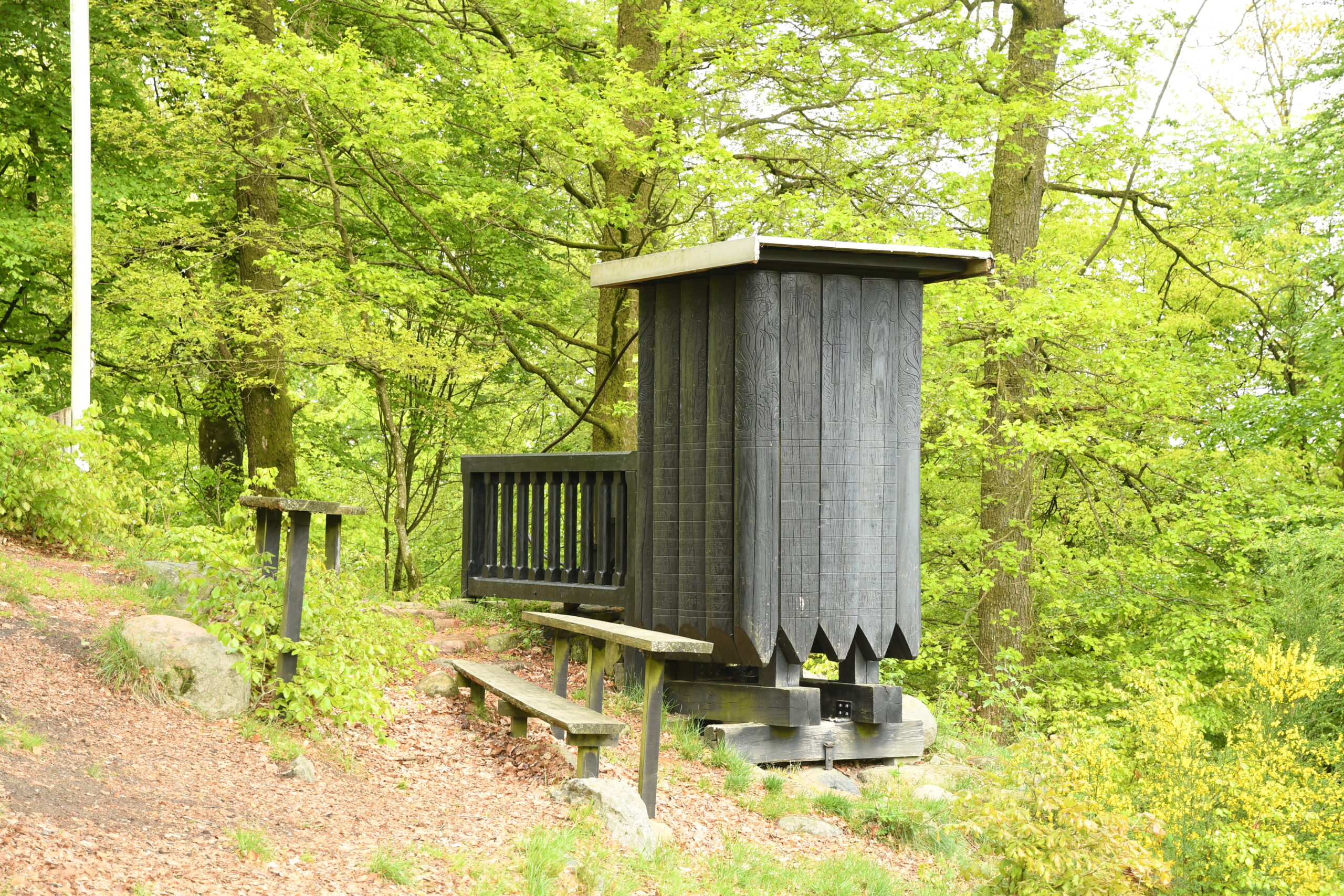

The political lecterns of the 1900
Through the 1900, Himmelbjerget was the meeting place for numerous Constitution Day celebrations, as well as for various political movements. The many speakers and events are largely forgotten now, but the political lectern on Himmelbjerget, created and erected by Anton Rosen in 1925, has through its carvings, portraits and years kept the memory of a large number of Danish and Nordic Prime Ministers, other ministers, writers, intellectuals and cultural dignitaries who have spoken from the lectern on Himmelbjerget over the years.
The Popular Movement against the EF
The Popular Movement against the EF
Some of the largest meetings on Himmelbjerget in the 20th century were arranged by the opponents of the Danish membership of the then called EF (The European Commonwealth). Starting in 1972, the year of the Danish referendum on the membership in the EF, the Popular Movement against the EF started to arrange Constitution Day meetings on Himmelbjerget. The Popular Movement against the EF justified their choice of venue with the fact that it was here Sten Steensen Blicher had called his open-air meeting to ‘awaken the people to opposition’. The Popular Movement’s meetings, which attracted EF-opposition from the whole political spectrum, continued through the 1970-ies and 1980-ies.
Present day meetings on Himmelbjerget


Present day meetings on Himmelbjerget
During the past decades, the Conservative People’s Party has celebrated the Constitution Day meeting on Himmelbjerget, and this tradition still exists to this date.
Since 2015, the joint forces of Ry High School, Museum Skanderborg, The Libraries of Skanderborg Municipality and VisitSkanderborg/Greenways.dk – under the name Hotel Democracy – arranged a new form of Constitution party on Himmelbjerget with speeches, songs, and music.
Finally, in 2019, a new initiative called The Open-Air of Democracy was initiated. Based on the tradition dating back to Blicher and the previous People’s Meetings on Himmelbjerget, the initiators, a dedicated group of locals, wanted to analyze the state of the Danish democracy.
A ‘democratic’ playground’


A ‘democratic’ playground’
The thought of utilizing Himmelbjerget’s tradition as a democratic meeting place and ‘speakers’ corner’ also spurred the renewal of the playground on Himmelbjerget, which commenced in 2014. A number of so-called social playground elements were created and introduced to a group of children, including a children’s lectern and a miniature of the Himmelbjerg-Tower with a rollercoaster, and other elements inspired by the area.


Memorials
The memorials on Himmelbjerget bring witness to the historical importance of the area. The tower raised in memory of Frederik 7th and the Constitution of 1849 is by far the greatest memorial. But, in the surrounding lands of the “mountain”, several additional memorials for important persons and events have been raised, which have added to both the history of Himmelbjerget, and Denmark as a whole.
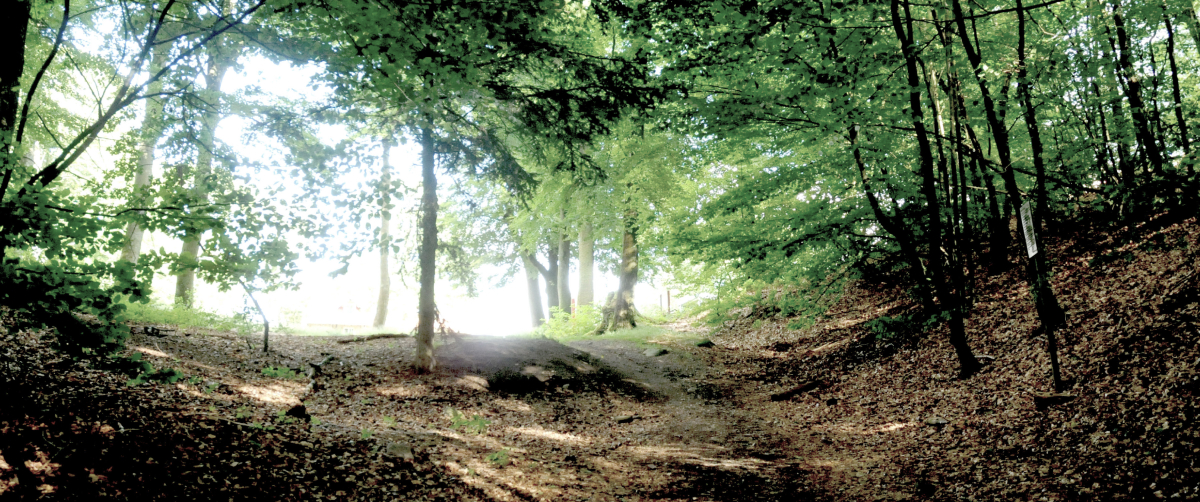

Beautiful wandering and cycling routes
There are several possibilities of getting around in the surrounding lands of Himmelbjerget, both on foot and bicycle. For instance, you may follow the 40 km long Himmelbjerg route around the Himmelbjerg lakes, from a starting point on Himmelbjerget. But there are many other marked routes in the beautiful landscape in Søhøjlandet.